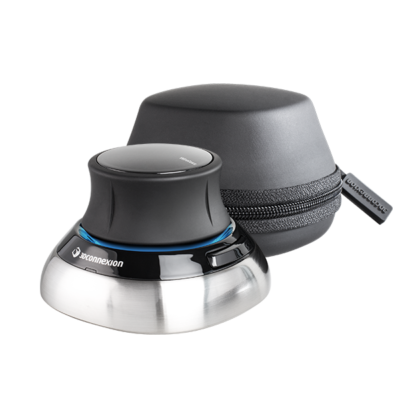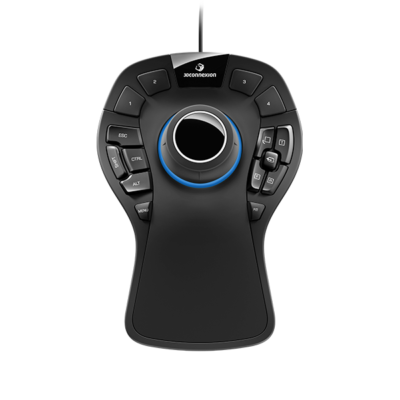Model
- Substance 3D home
- Home
- Getting Started
- Getting Started overview
- Activation and licenses
- System requirements
- Project creation
- Export
- Export overview
- Export window
- Output templates
- Export overview
- Glossary
- Getting Started overview
- Interface
- Interface overview
- Assets
- Substance 3D Assets
- Color picker
- Display settings
- History
- Layer stack
- Main menu
- Project configuration
- Properties
- Settings
- Shader settings
- Texture Set
- Toolbars
- Viewport
- Miscellaneous
- Painting
- Painting overview
- Paint tools
- Path tools
- Path tool overview
- Paint along path
- Ribbon path
- Filled path
- Erase along path
- Smudge along path
- Straight line
- Lazy mouse
- Symmetry
- Fill projections
- Presets
- Presets overview
- Creating and saving presets
- Creating particles presets
- Photoshop brush presets
- Dynamic strokes
- Advanced channel painting
- Vector graphic (.svg & .ai)
- Text resource
- Effects
- Baking
- Content
- Creating custom effects
- Importing assets
- Creating custom effects
- Features
- Automatic resource update
- Automatic UV Unwrapping
- Physical size
- Smart Materials and Masks
- Subsurface Scattering
- Dynamic Material Layering
- UV Reprojection
- UV Tiles
- Color Management
- Post Processing
- Iray Renderer
- Plugins
- Sparse Virtual Textures
- Custom Shaders
- SpaceMouse® by 3Dconnexion
- Universal Scene Description (USD)
- Send to
- Technical Support
- Performance Guidelines
- Configuring Pens and Tablets
- Exporting the log file
- Exporting a DXDiag
- Technical issues
- GPU Issues
- Crash when working with overclocked GPU
- Forcing the external GPU on Mac OS
- GPU drivers compatibility
- GPU drivers crash with long computations (TDR crash)
- GPU has outdated drivers
- GPU is not recognized
- GPU is not recognized and is mentionned as GDI Generic
- Issues with Nvidia GPUs on recent Mac OS versions
- Multi/Bi-GPU
- Running on integrated GPU
- Painter doesn't start on the right GPU
- Startup Issues
- Rendering Issues
- Stability Issues
- Miscellaneous Issues
- GPU Issues
- Workflow Issues
- Export Issues
- Tools Issues
- Project Issues
- Library Issues
- Viewport Issues
- Plugins Issues
- License Issues
- Pipeline and integration
- Installation and preferences
- Configuration
- Resource management
- Scripting and development
- Scripts and plugins
- Shader API Reference
- Shader API overview
- Changelog - Shader API
- Libraries - Shader API
- Lib Alpha - Shader API
- Lib Bayer - Shader API
- Lib Defines - Shader API
- Lib Emissive - Shader API
- Lib Env - Shader API
- Lib Normal - Shader API
- Lib PBR - Shader API
- Lib PBR Aniso - Shader API
- Lib Pom - Shader API
- Lib Random - Shader API
- Lib Sampler - Shader API
- Lib Sparse - Shader API
- Lib SSS - Shader API
- Lib Utils - Shader API
- Lib Vectors - Shader API
- Parameters - Shader API
- Shaders - Shader API
- Release notes
- Release notes overview
- All Changes
- Version 11.1
- Version 11.0
- Version 10.1
- Old versions
- Version 10.0
- Version 9.1
- Version 9.0
- Version 8.3
- Version 8.2
- Version 8.1
- Version 7.4
- Version 7.3
- Version 7.2
- Version 2021.1 (7.1.0)
- Version 2020.2 (6.2.0)
- Version 2020.1 (6.1.0)
- Version 2019.3
- Version 2019.2
- Version 2019.1
- Version 2018.3
- Version 2018.2
- Version 2018.1
- Version 2017.4
- Version 2017.3
- Version 2017.2
- Version 2017.1
- Version 2.6
- Version 2.5
- Version 2.4
- Version 2.3
- Version 2.2
SpaceMouse® by 3Dconnexion


The SpaceMouse® by 3Dconnexion is a device that allows to easily navigate in 3D. It can be used to manipulate the camera/3d model in the application viewport.
- The SpaceMouse® is supported since version 7.4.2.
- To use correctly this device, make sure to install the latest driver from 3Dconnexion.
Users who use the compact model and need to frequently rotate the environment map might choose to assign the SHIFT key to the left button.
Tutorial
Overview
The main control knob or the SpaceMouse® lets you rotate, pan and zoom in the viewport in ways that are not possible with regular mouse/stylus and keyboard controls. The device can used in combination with mouse and tablets with stylus.
All models and versions should be compatible with the application:
|
|
Description |
Visual |
|---|---|---|
|
Compact Model |
Base model with the Knob control. |

|
|
Pro Model |
Knob control and additional buttons for keyboard shortcut. |

|
|
Enterprise Model |
Knob control, additional buttons and contextual display. |

|
Radial menu
The menu can be accessed directly from the device:
-
On the Compact model by clicking on the left button and choosing properties from the radial menu:
-
On the Pro and Enterprise models, the properties menu can be accessed by pressing the Menu button.
Alternatively, right click on the 3Dconnexion icon in the system tray (next to the system clock) and choose Open 3Dconnexion Settings. This menu is context sensitive based on the last active window. Its title bar indicates to which program it corresponds, if it is not Adobe Substance 3D Painter, switch to the Painter window and then go back to the settings window:
Default settings


In the settings panel of the SpaceMouse®, default settings for Painter are available in the latest version of the drivers. No additional configuration is needed, simply connect the device and it will be plug and play.
Make sure to select the correct device from the top drop down menu, by default it should select the correct one.
The "speed" slider changes the sensitivity in all axes and directions.
Advanced settings
By clicking on "Advanced Settings" button, it lets you change the detailed behavior of the main controls.
Any default setting can be modified. There are two important sections with the tabs Navigation Modes and Rotation Center.
Navigation modes


Define the behavior how behaves the knob in 3D:
| Setting | Description |
|---|---|
| Object Mode | The knob is the 3D object itself, it is the default. |
| Camera Mode | Control the camera freely in 3D. |
| Target Camera Mode | Control thecamera always targeting a point in the 3D space. |
| Helicopter Mode | Control an helicopter in the 3D space. |
| Lock Horizon | To lock the camera so the horizon is always horizontal. Painter already gives a similar option in its settings but it can be separately controlled here. It is locked by default. |
Rotation center


Define the small pivot icon behavior:
| Setting | Description |
|---|---|
| Auto | Move the pivot or camera target automatically, if off, it always stick to the mesh origin pivot. |
| Always Show | The pivot point is always displayed in the 3D viewport even when not interacting with the device. |
| Show on Motion | The pivot point is displayed in the 3D viewport only when interacting with the device. This is the default option. |
| Hide | Completely remove the pivot point in the 3D viewport. |
The pivot point has been designed specifically for Painter but it can be hidden if needed.
Buttons


By clicking on Buttons, it is possible to assign commands, macros or radial menus. See the 3Dconnexion documentation for more details.
